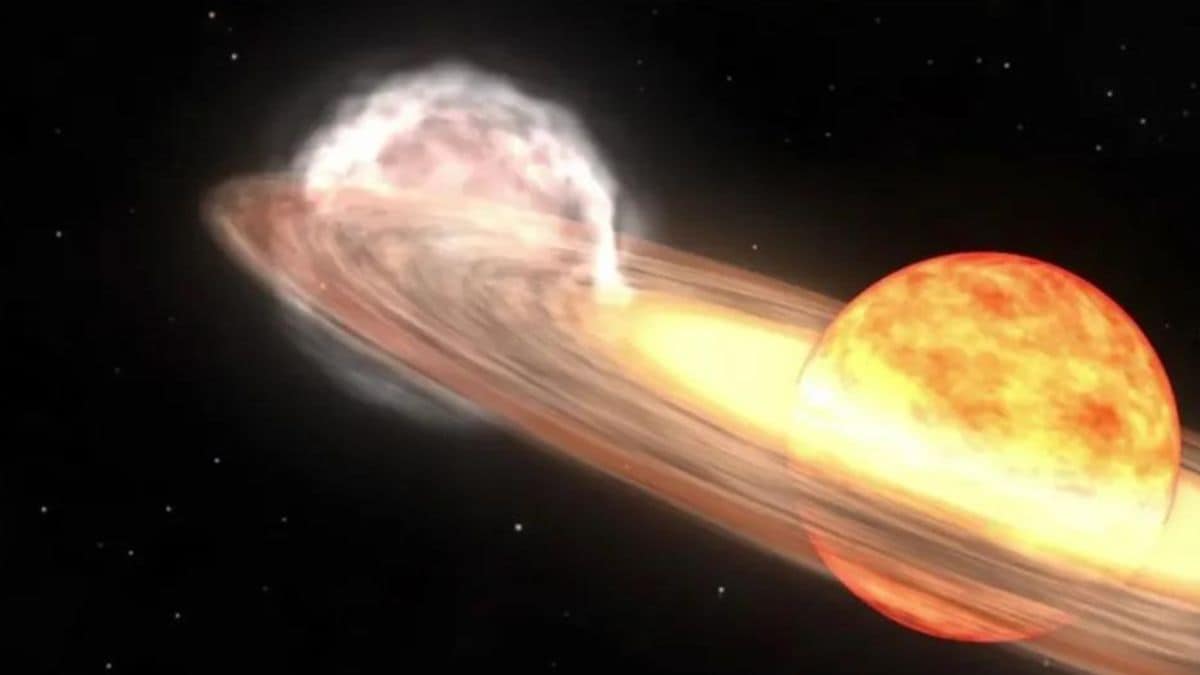Exciting Developments in Stellar Explosions: A Rare Cosmic Event Approaches
After months of anticipation, scientists have reported that a significant astronomical event may soon take place. As we look to the night sky, there is a possibility of witnessing a ‘Guest Star’. Specifically, teams of scientists are monitoring the Corona Borealis constellation, located approximately 3,000 light-years from Earth. They predict that a powerful stellar explosion, associated with the star T Coronae Borealis, could soon brighten our night sky.
What is the Timeline for the Explosion?
Previously, it was estimated that this explosion could occur as early as September. However, new analyses suggest that the moment is drawing closer. According to NASA, the T Coronae Borealis has a predictable explosive cycle, erupting roughly every 79 to 80 years. Following this event, the star will likely enter a dormant phase that lasts for another 80 years.
Understanding the Mechanism Behind the Explosion
The phenomenon behind this explosion is related to the binary nature of the T Coronae Borealis system, which comprises a massive star and a white dwarf. The larger star in this binary system is engaged in a process where it transfers material onto the surface of the white dwarf. This interaction results in a significant increase in the temperature of the white dwarf due to the accumulation of matter.
If the temperature of the white dwarf exceeds a critical threshold, it will trigger a thermonuclear explosion. This explosive event will lead to the expulsion of material into space, causing the star to shine brilliantly and becoming much more visible from Earth.
Preparation for the Cosmic Spectacle
Scientists are gearing up to monitor this extraordinary event. They have organized extensive data collection plans, utilizing both ground-based and space telescopes. NASA’s Fermi Gamma-ray Space Telescope is currently observing T Coronae Borealis, providing updates every hour. The primary objective is to analyze the effects of this stellar explosion on cosmic rays and the broader space environment.
Conclusion
This anticipated event presents a unique opportunity for both amateur and professional astronomers. As T Coronae Borealis approaches its explosive phase, keeping an eye on the night sky could reward stargazers with a spectacular view. The scientific community remains excited about the implications of this event, not only for understanding the lifecycle of stars but also for unraveling the mysteries of our universe.









